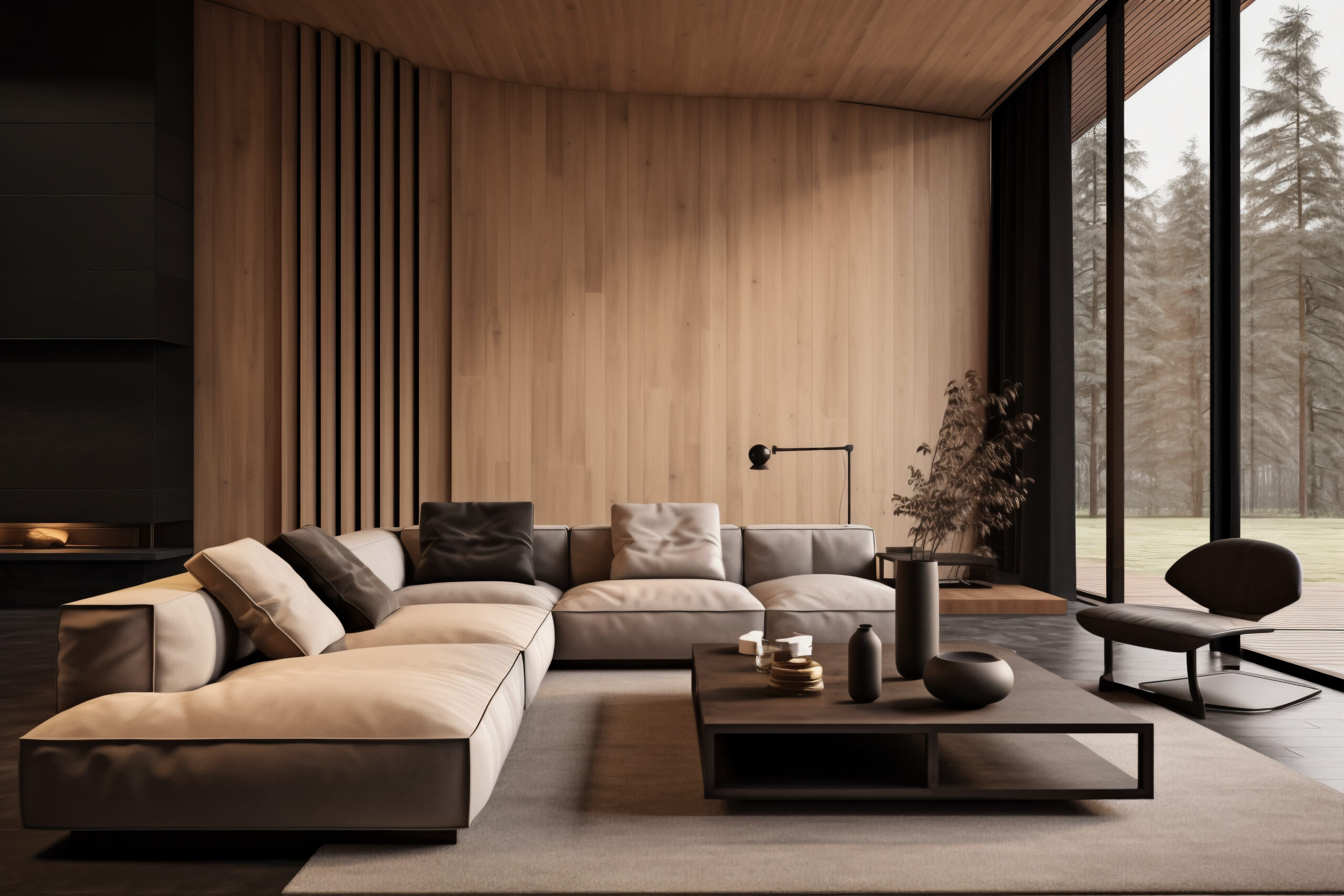The sofa is a cornerstone of every home—essential for family gatherings, welcoming guests, or simply unwinding after a long day. But picking the perfect sofa isn’t just about aesthetics; it’s a blend of comfort, quality, and practicality. Here’s everything you need to know before making your decision:
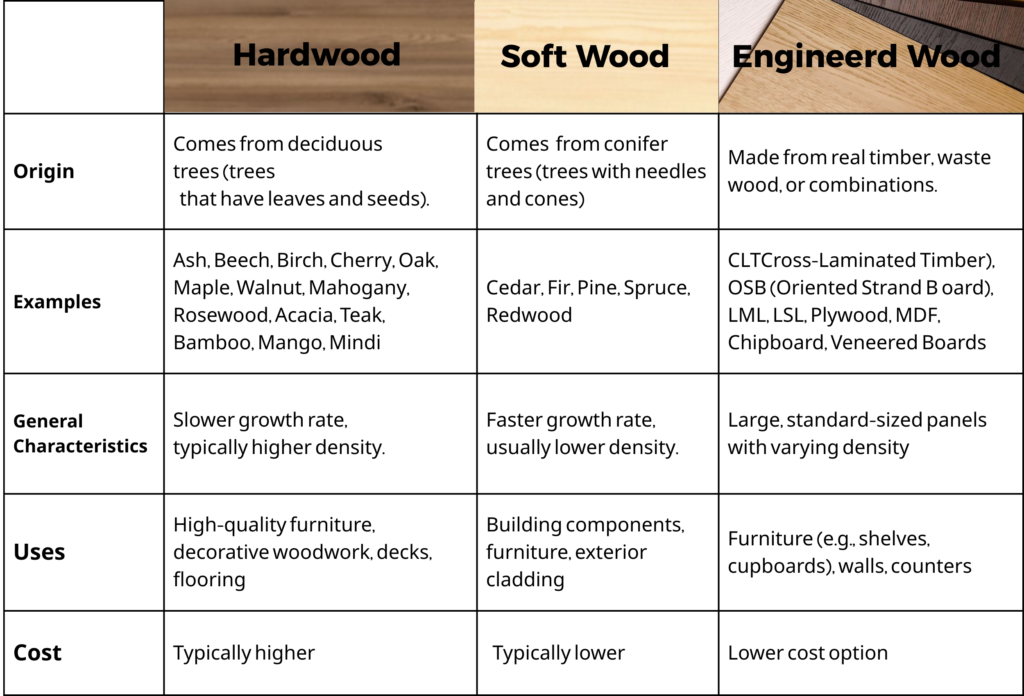
Wood Type: The Backbone of Your Sofa
The internal wooden frame is a key indicator of quality and durability. The type of wood used directly affects the sofa’s lifespan and strength:
- Beech Wood (Zan): One of the best choices in terms of durability. It’s resistant to warping, moisture, and wear—ideal for long-term daily use, though it comes at a higher cost.
- Swedish Pine: Less durable than beech, but lighter, more affordable, and easier to shape. Suitable for customized pieces but with a shorter lifespan—ideal for budget-conscious buyers.
- MDF or Plywood: Sometimes used in more temporary or affordable designs. It’s not ideal for heavy, long-term use but can work in non-load-bearing areas.
Sofa Legs: The Unsung Heroes
Legs should be made of solid wood (like oak or beech) or metal with a stable, durable finish (e.g., chrome or matte black). Make sure they’re firmly attached and sturdy enough to support weight and movement.
Support Base: The Hidden Key to Comfort
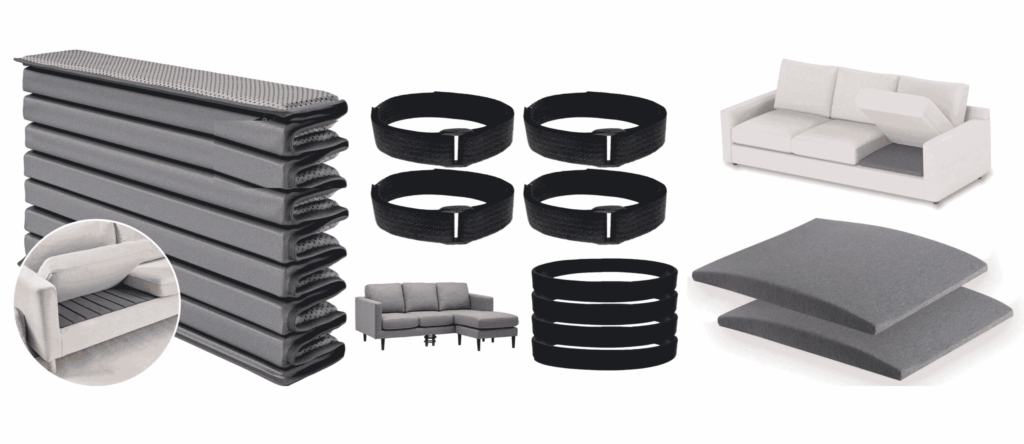
The inner support system under the foam or cushions plays a huge role in your everyday comfort:
- Webbing Straps: Flexible and suited for light to medium use, but may lose firmness over time.
- Sinuous Springs: Offer excellent support and long-term shape retention—perfect for those who prefer a firmer seat.
- Solid Wooden Base: Less forgiving but common in rustic or firm sofa designs.
Foam & Fillings: Daily Comfort Without Sagging
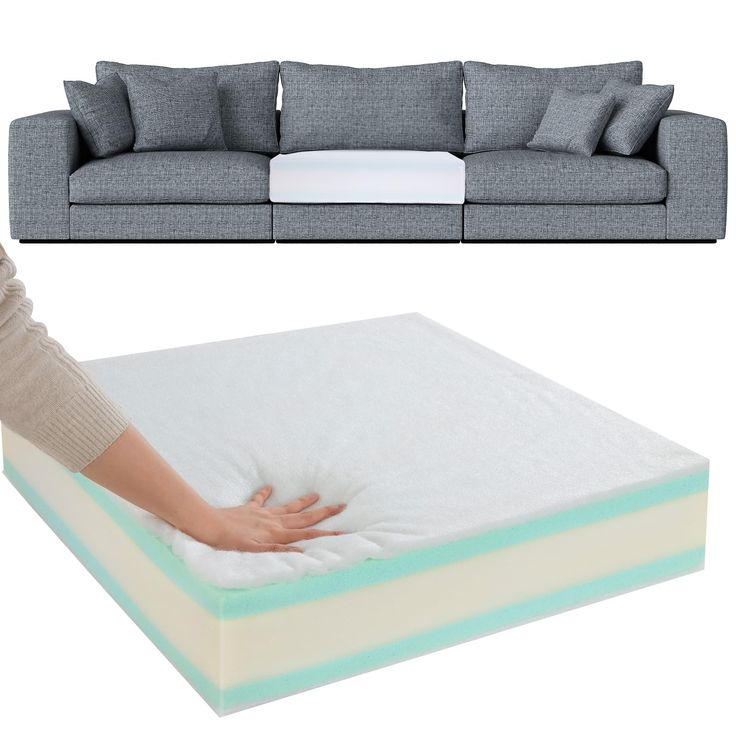
- High-Density Foam (30–40 kg/m³): The higher the density, the better the support and longevity. It keeps its shape and is ideal for frequently used sofas.
- Fiber Fill or Synthetic Down: Soft and plush, but requires regular fluffing to maintain shape.
- Foam + Spring Combo: Offers the best of both comfort and flexibility, especially in large sofas or sleeper designs.
Ideal Sofa Dimensions: Comfort Meets Fit
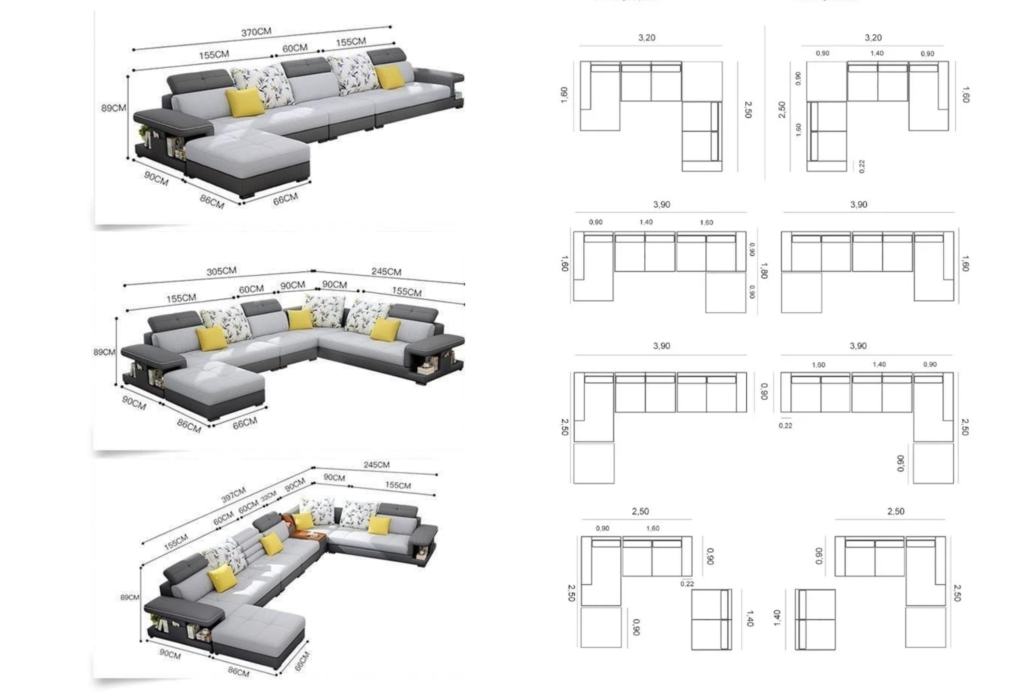
Choosing the right measurements ensures both comfort and harmony with your space:
- Seat Depth: The comfortable range is between 80 to 100 cm.
- Seat Height from the Floor: Typically around 40 to 45 cm.
- Backrest Height: Should range from 85 to 100 cm depending on the desired comfort and support.
- Sofa Length: Varies by seating capacity. For a three-seater, the average length starts at around 200 cm.
Upholstery Fabric: Style, Durability & Ease of Cleaning
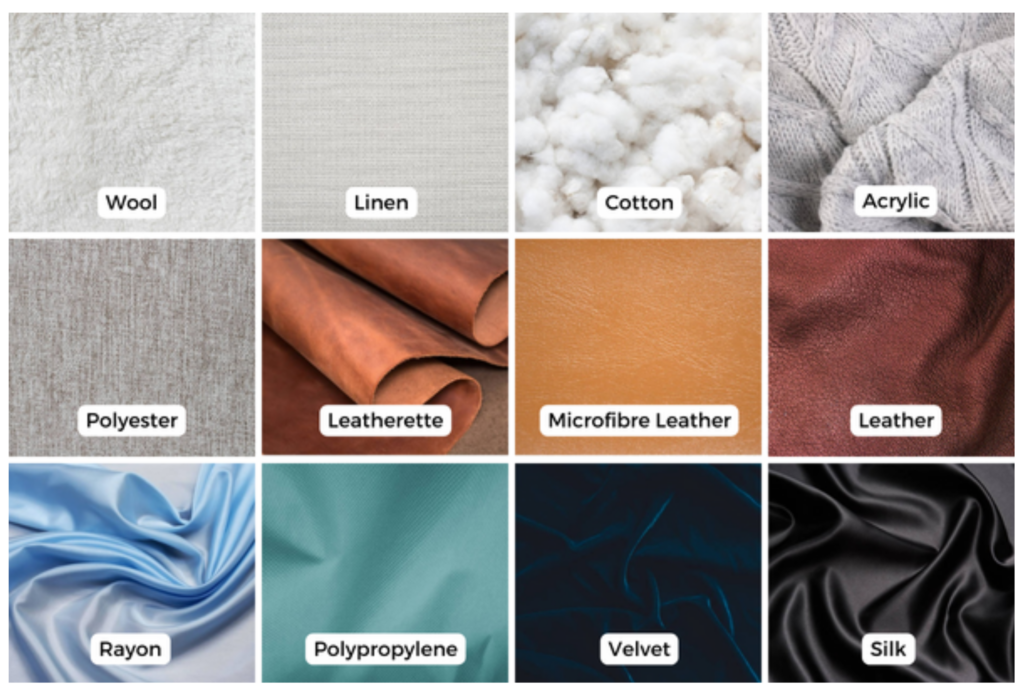
The fabric you choose doesn’t just define the look of your sofa—it impacts how easy it is to maintain and how long it will last:
- Microfiber is best used for everyday sofas, as it’s practical, stain-resistant, and easy to clean—making it ideal for families and spaces with heavy use.
- Natural or synthetic leather suits both uses. Its elegant look makes it great for decorative settings, while its durability and easy cleaning work well for daily use. However, it may feel uncomfortable in hot climates.
- Linen and cotton are suitable for daily use if treated to resist spills. They offer comfort and a natural feel but require more care. They can also be used in decorative couches if the piece is meant for visual appeal more than frequent use.
- Washable fabrics (washable covers) are ideal for daily-use sofas, especially in homes with kids or pets. However, they’re more practical than luxurious, so they’re not often used in decorative pieces.
- Treated fabrics like microfiber or stain-resistant polyester are great for everyday use, especially in family rooms and high-traffic areas, thanks to their durability and ease of cleaning.
- Velvet adds luxury and elegance, making it perfect for decorative couches or kosha seating. It requires more care and tends to show wear, so it’s less suited for daily-use sofas.
- Wool is warm, natural, and durable, making it suitable for everyday sofas in colder climates. However, it requires specialized cleaning.
- Acrylic is a synthetic alternative to wool. It’s light, durable, and stain-resistant, which makes it a good choice for daily-use sofas.
- Polyester is one of the most common choices for everyday sofas, especially when blended with other fibers. It’s durable, wrinkle-resistant, and easy to clean.
- Polypropylene is also used in everyday sofas. It’s moisture- and stain-resistant, and very practical—though less breathable than natural fabrics.
- Silk is luxurious and soft with a distinct shine, making it ideal for decorative couches only. It’s delicate and not suitable for heavy use.
- Rayon is soft and comfortable, resembling silk or cotton, and can be used for decorative seating. However, it’s not recommended for everyday sofas due to its lower stain resistance and tendency to wear over time.
Design Features: Comfort Lies in the Details
- Zippered Cushion Covers: Practical for removing, washing, or replacing the covers—helping you keep your sofa clean and fresh.
- Reversible Layout (for L-Shaped Sofas): Allows switching the chaise side, offering flexibility if you decide to rearrange your living space.
Practical Color Choices

When selecting a sofa color, it’s not just about matching the décor—it’s also about how well the color hides stains and holds up to daily use. The perfect color combines aesthetic appeal, comfort, and durability in your living space.
- Darker shades like charcoal gray, navy, brown, and deep beige bring a sense of warmth and sophistication, while being highly practical. These tones are great at concealing dirt, spills, and signs of wear, making them ideal for homes with children, pets, or frequent guests.
- Lighter tones such as off-white, ivory, or blush pink add a feeling of brightness and elegance, and can make rooms feel more spacious. However, they require more frequent care and cleaning to maintain their fresh and polished look, making them better suited for formal seating areas or low-traffic spaces.
- Patterned or striped fabrics offer a smart balance between style and function. The visual texture helps disguise stains and daily use better than solid colors, while also adding a dynamic, decorative touch to any room. They’re a great choice for family rooms or multi-use spaces
Before You Buy… Don’t Forget These Tips:
- Test the Sofa Yourself: Sit down, try the length, depth, and back support.
- Check the Stitching and Finishing: Neat, strong stitching is a clear sign of good craftsmanship.
- Ask About the Warranty: Especially on the frame and foam.
- Look for Easy Assembly/Disassembly: Crucial for tight spaces or easier cleaning.
- Review the Return Policy: Never buy a sofa you can’t exchange if it doesn’t fit your needs.
Zory’s Takeaway:
Choosing the right sofa is a long-term investment in your home’s comfort. Don’t rush—balance between practical elegance and quality. Take your time to explore fabrics, sit on the sofa, and ask questions.
And remember: the perfect piece isn’t always the priciest one—it’s the one that serves your lifestyle, fits your space, and reflects your true taste.
A good sofa isn’t just about looks—it should last, support your back, and withstand your daily routine. Be smart, look beyond the sales tags, and pay attention to construction details—because it’s the little things that bring the greatest comfort.
